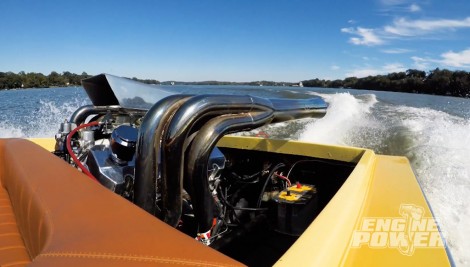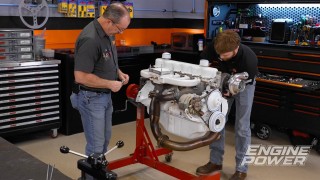
Launching a 680HP Big Block Chevy Jet Boat
It’s revelry and rooster tails for our guys on the lake! The 680-hp jet boat gets turned loose on the water for high-speed fun. But, where are the brakes?
Season 6
Episode 2
Hosts: Mike Galley, Pat Topolinski
First Air Date: January 20, 2019
Duration: 20 minutes 23 seconds









































